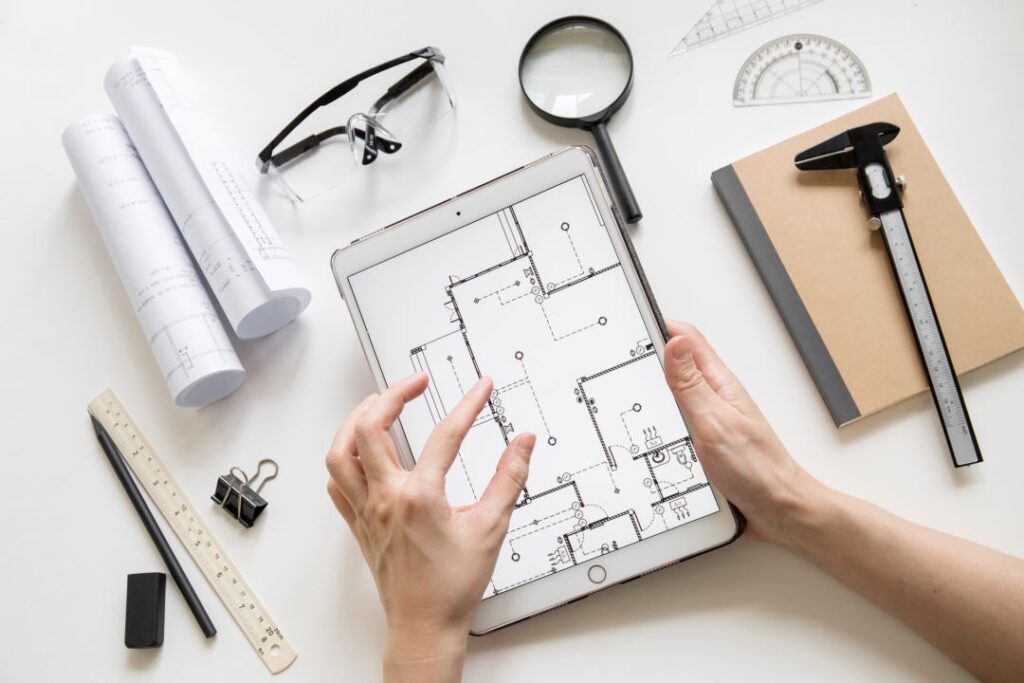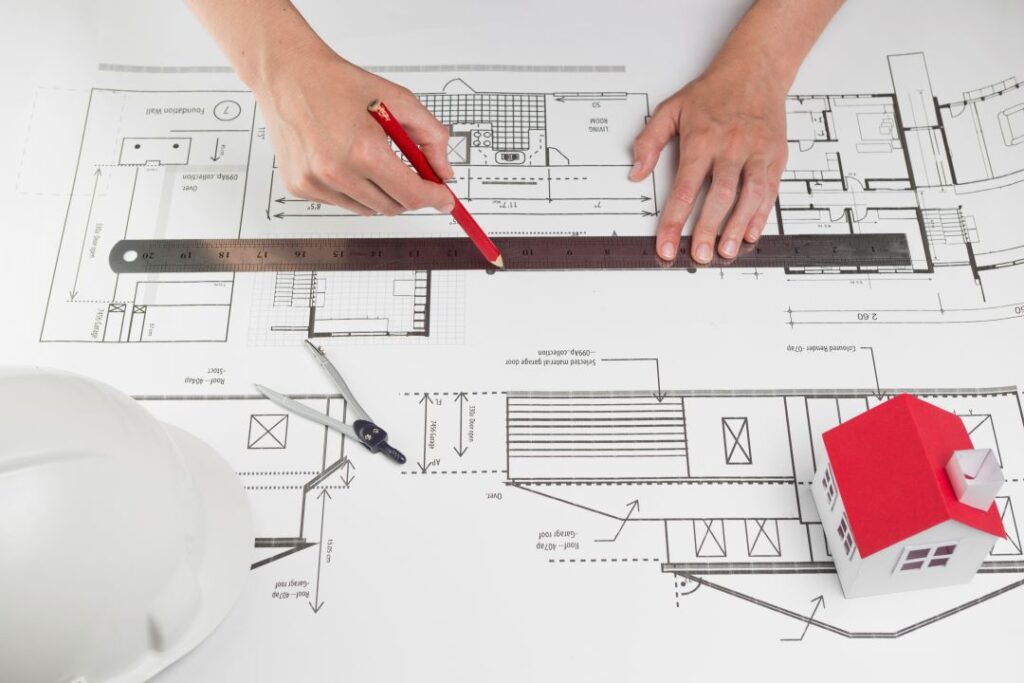In the fast-paced world of architecture and interior design, technology is revolutionizing how professionals approach projects. Among the many tools available, 3D design rendering has emerged as a game-changer for both interior and exterior projects. By providing a detailed and realistic visualization of spaces, 3D design rendering has become an indispensable part of modern design processes. This blog will explore why 3D interior & exterior design rendering is essential and how it benefits both designers and clients.
One of the main advantages of 3D design rendering is its ability to create highly realistic visualizations. Gone are the days when clients had to rely solely on 2D blueprints or rough sketches to imagine what a space would look like. With 3D interior & exterior design rendering, clients can see a life-like representation of the project before it even begins. This realistic visualization allows for better understanding and appreciation of the design concept, helping clients make informed decisions.
Clear communication is vital for the success of any design project. Misunderstandings between clients and designers can lead to dissatisfaction and costly revisions. 3D design rendering bridges this communication gap by providing a visual representation that both parties can easily understand. Clients can view the 3D models, provide feedback, and request changes before any physical work starts. This process ensures that the final design aligns with the client’s vision, leading to faster approvals and increased satisfaction.
3D interior & exterior design rendering allows designers to input precise measurements and proportions, resulting in accurate representations of the space. This level of accuracy ensures that all design elements, from furniture placement to architectural details, fit perfectly within the space. It also helps identify potential issues early in the design phase, allowing for adjustments before construction begins. By minimizing errors, 3D design rendering saves time and reduces the cost of making corrections during the building phase.

Investing in 3D design rendering can be a cost-effective decision for both designers and clients. By visualizing the final design in advance, clients can make informed decisions about materials, colors, and layouts, which can help avoid costly changes later. Additionally, 3D renderings allow designers to experiment with different design options, find the most efficient solutions, and present them to clients without the need for expensive physical mock-ups or prototypes.
For design firms and real estate developers, 3D interior & exterior design renderings serve as powerful marketing and presentation tools. High-quality 3D images and animations can be used in promotional materials, websites, and presentations to showcase a project’s potential. These visuals can attract prospective clients or buyers by providing them with an immersive experience that traditional photographs or drawings cannot offer. The ability to present a compelling visual narrative enhances the marketability of a project and can be a key differentiator in a competitive market.
Time is a crucial factor in any design project. Traditional design methods that rely on hand-drawn sketches and physical models can be time-consuming. 3D design rendering speeds up the design process by enabling designers to create and modify models quickly. Changes can be made in real-time, allowing for immediate feedback and faster iterations. This efficiency not only saves time but also accelerates the entire project timeline, from conceptualization to final approval.

The integration of 3D design rendering with virtual reality (VR) technology takes visualization to the next level. Clients can now take virtual tours of their interior and exterior spaces, experiencing the design as if it were already built. This immersive experience provides a deeper understanding of the space, allowing clients to feel more connected to the design. VR integration also enables designers to create more engaging presentations, giving them a competitive edge in winning projects.
The use of 3D interior & exterior design Rendering is not just a trend; it is a vital component of modern design and architectural projects. Its ability to provide realistic visualizations, improve client communication, ensure accuracy, and facilitate cost-effective decision-making makes it an essential tool for designers and architects. As technology continues to advance, the role of 3D design rendering in shaping the future of interior and exterior design will only become more significant.







